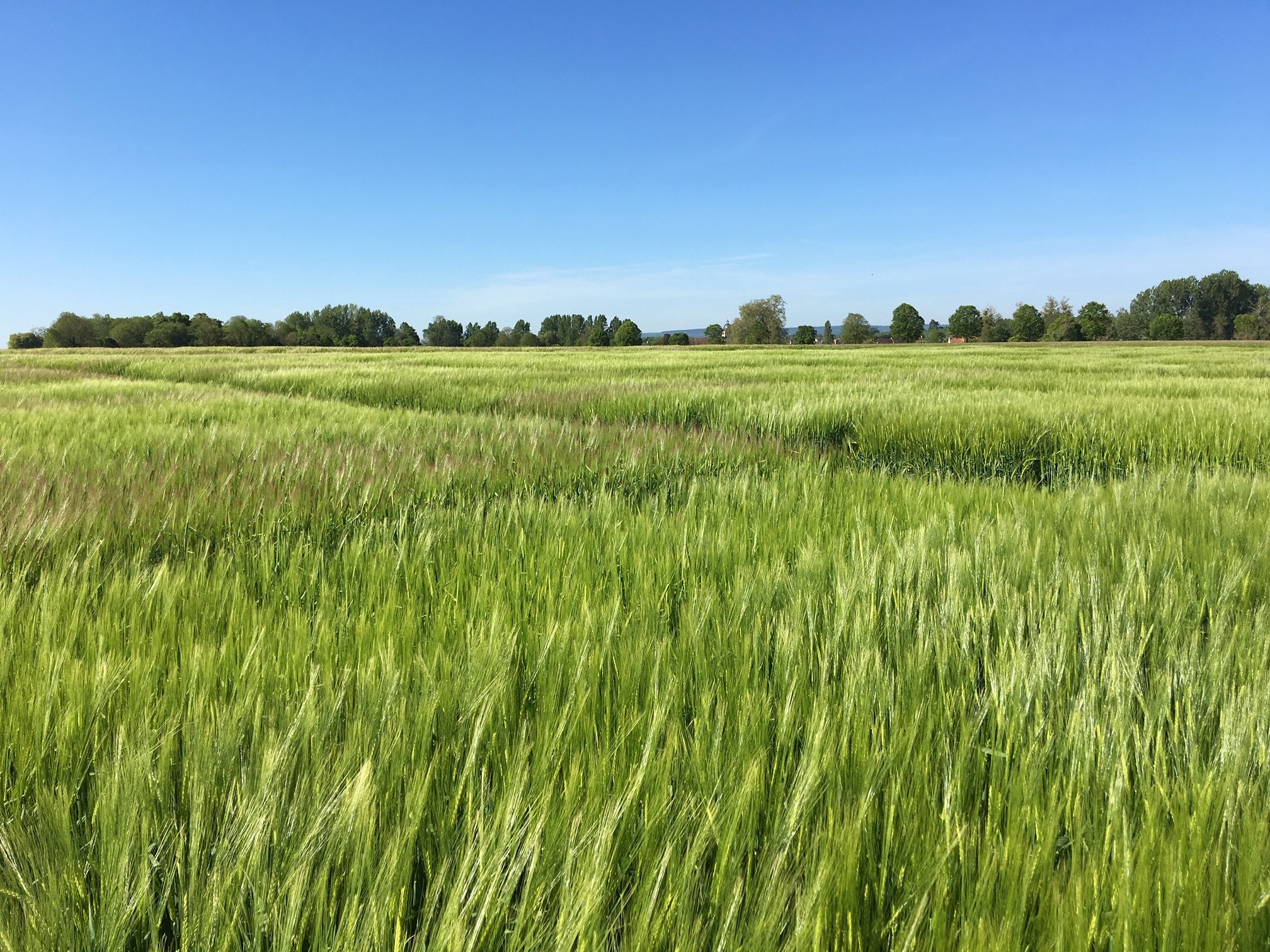New generation of varieties forging winter barley's future
A new generation of winter barley varieties now coming forward could add much to both growers’ rotations and margins whilst helping them achieve greater crop diversity, says Dr. Kirsty Richards of KWS.
Investment in breeding is delivering much higher yield potential than previously with the leading two-row varieties now offering yields comparable to those achieved by the best six-rows with improved agronomic features as well, she says.
“KWS Tardis created a bit of a stir when it was added to the 2021/22. Not only was it the highest yielding 2-row on the list, it was also producing yields equivalent to many six-row hybrid varieties.
“For many growers this means if you get management and variety choice right there’s no reason why a conventional two-row barley cannot now be a more profitable cropping option than a second wheat.
“Winter barley is often the first crop to be harvested, helping to spread the summer workload and make way for cultivations so for many there is no better entry for oilseed rape.
“In addition, fungicide timings are typically a week earlier than wheat, helping to spread the sprayer workload and reduce the pressure on wheat application timings.”
Increasing yields
KWS Tardis follows a line of 2-row barleys that have been steadily pushing yields higher in recent years with varieties like KWS Cassia and KWS Orwell proving very popular with growers, she explains.
“With over 10 years’ service under its belt, KWS Cassia has served feed barley growers well but many realise the newer varieties can deliver so much more.
“RL-listed KWS Hawking, for example, is an ultra-reliable high-yielding low-risk variety, with strong straw and no agronomic weaknesses that takes 2-row feed yields up a notch.
“At 103% of control in the 2021/22 RL, it’s a variety recommended for the whole of the UK, but experience has shown it’s at its best in the East where it has delivered 105% of control in KWS trials.
“Not only does it deliver on straw strength over KWS Gimlet, it has better lodging resistance than LG Mountain and Jordan, and at a score of 5, better mildew than KWS Orwell.”
Improved agronomic benefits
An added benefit is that KWS Hawking is an earlier maturing type, Kirsty Richards explain.
“In our own KWS UK trials for the past 2 seasons, the variety has been significantly ahead of its stablemates by reaching ear emergence in May.
“Growers who have traditionally liked varieties such as KWS Orwell and Cassia are really impressed by KWS Hawking, but KWS Tardis now takes everything a few stages on again.
“At 106% of control in the current UK RL, it’s the highest yielding 2-row barley by some margin but it’s only 1% behind the highest yielding six rows and hybrids.
“It absolutely flies in the East being beaten by just one hybrid six-row variety on the entire RL and then only by 1%.
“In the field KWS Tardis is very vigorous getting out of the blocks quickly with good standing power being the only variety on the RL with just 1% lodging without PGR.
“Overall, its resistance to lodging score is 8 which plays a key role in its levels of performance on heavier soils, which is 110% of control in the RL, where it outyields everything bar one hybrid.
Discover our new wheat additions to the 2022/23 RL
Your consultants




